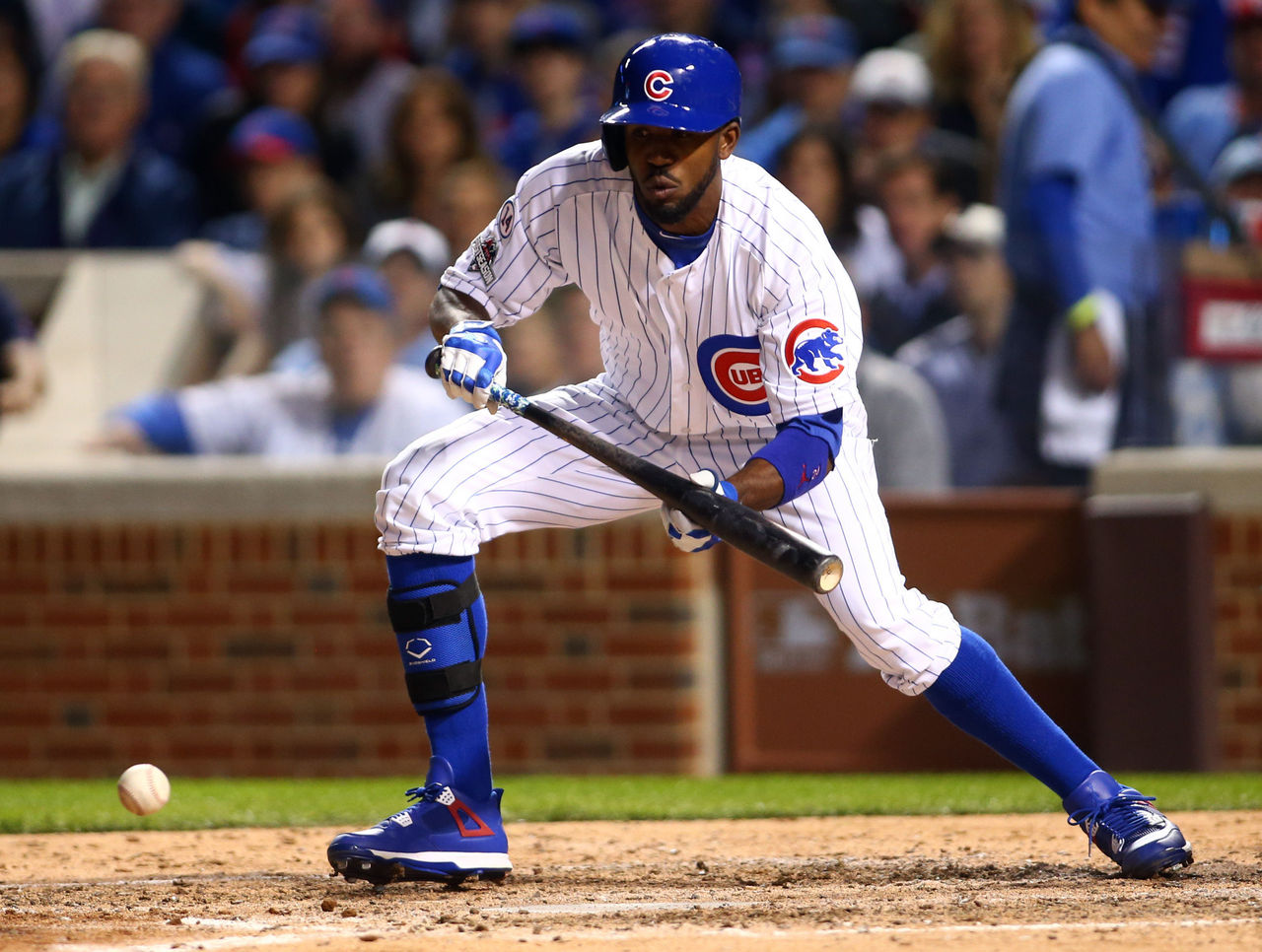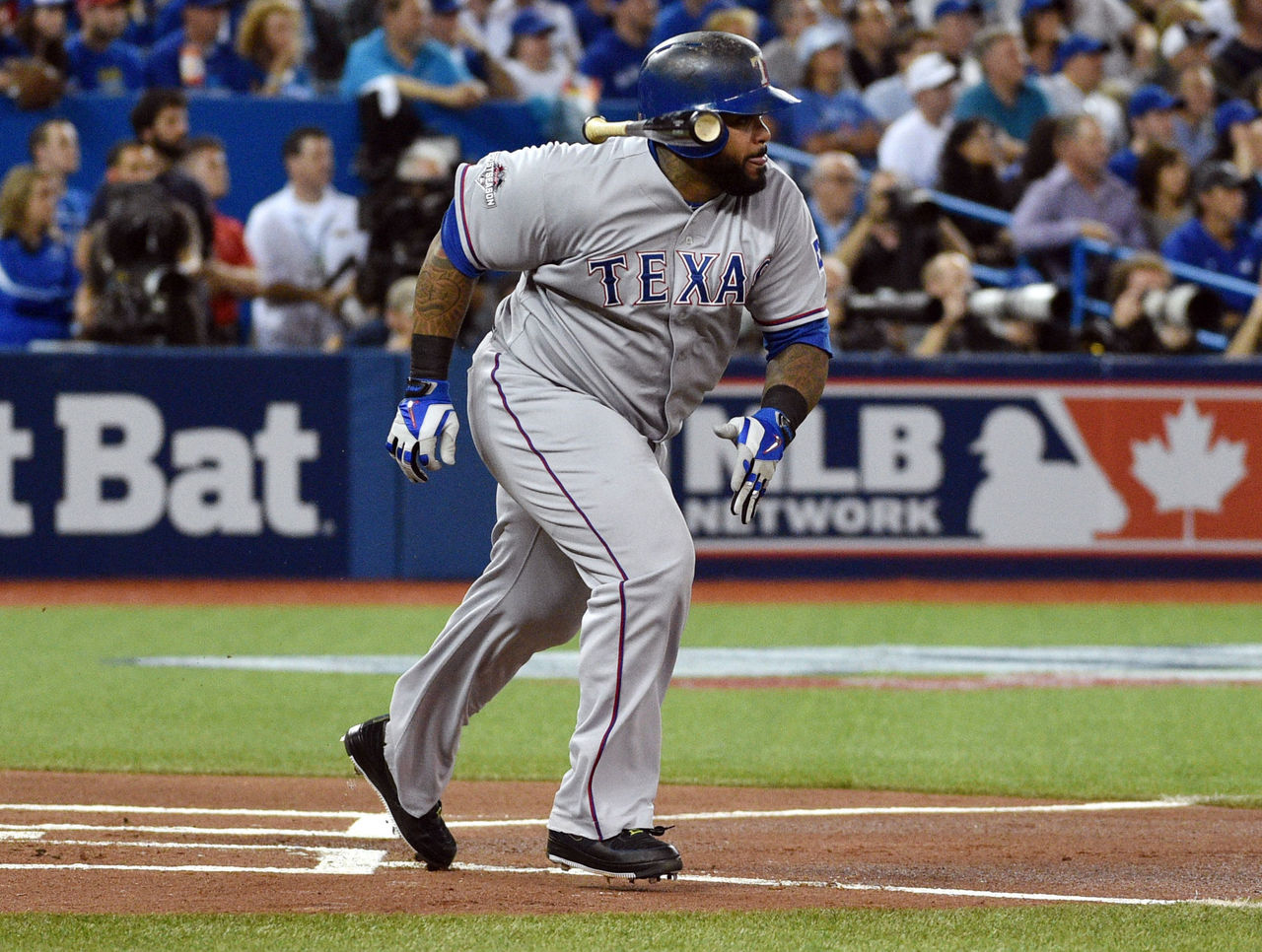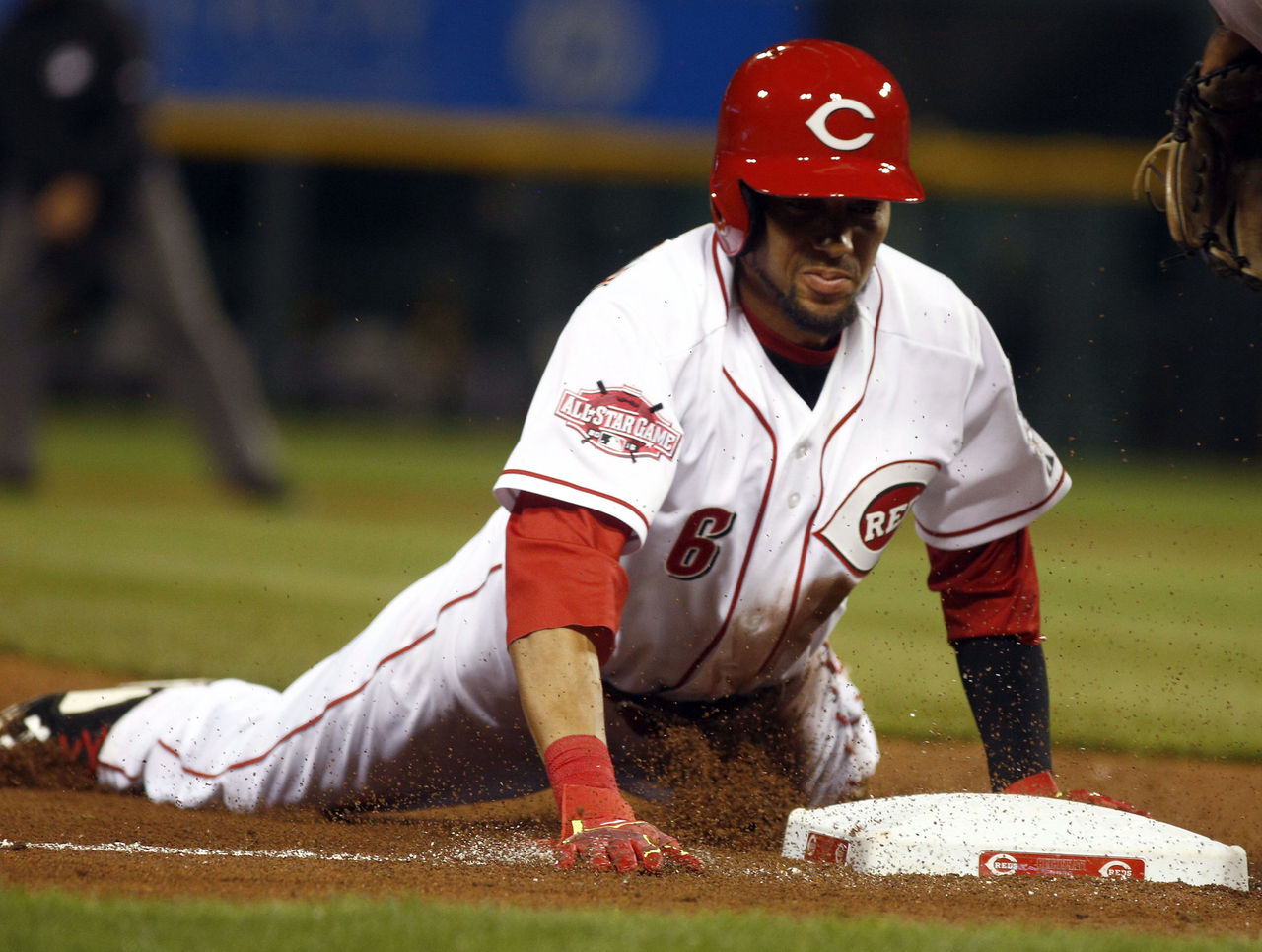Basic MLB DFS Strategy: Position Values and Lineup Significance
Lineup information is like gold to daily fantasy baseball users - and understanding how to interpret the data can provide one of the most significant advantages in the game.
When first starting out, it’s important to know what to expect from each spot on the diamond. Here’s a breakdown of each position’s relative daily fantasy relevance; this is not a set of hard and fast rules, but rather a guideline of how each position tends to fit into the DFS landscape:

Catcher - One of the lowest-scoring positions in DFS due to fewer average at-bats and limited offensive production; only a handful of catchers hit in the top four spots in the lineup, so look to target those players unless you need to save salary.
First Base - Loaded with DFS scoring potential, players should almost always spend big here. GPP players may want to target slumping sluggers with depressed price tags, while cash game players should eschew any risk and snag a high-priced first baseman with a plus matchup.
Second Base - One of the key salary-saving spots in DFS, since so few second basemen provide power or hit for average. Players in both cash game and GPP formats should target top-of-the-lineup options with speed potential and a reasonable - or even cheap - salary.

Shortstop - Similar to second base. Cash game players who decide on cost efficiency at both 2B and SS may struggle to produce enough points to be competitive, so it may be worth taking more of a sure thing at one of the two spots; GPP players needn’t use the same caution.
Third Base - Players will find plenty of good options here, though studs are scarcer than at first base. Targeting a third baseman that hits high enough in the lineup to gain a positional edge will likely cost a premium, but will almost always be worth the additional salary.
Outfield - Makes or breaks a lineup more than any other position. GPP players can take any number of approaches to their lineup, depending on how they allocate the rest of their salary. Cash-game players should make sure to snag outfielders with high floors and at-bat totals.
Ultimately, players in both game types have major decisions to make at all positions, each of which affects the others. There is no catch-all formula to building the perfect lineup, but the above suggestions should increase the likelihood of success over the long run.
You may have noticed mentions of lineup position in the above guide. Selecting players who hit at the top of the lineup is one of the easiest ways a DFS player can increase his point potential. Here’s a breakdown of total plate appearances by lineup position from the 2014 season:
1st: 22,469
2nd: 21,914
3rd: 21,435
4th: 20,957
5th: 20,472
6th: 19,971
7th: 19,404
8th: 18,810
9th: 18,196
Players who batted in the leadoff spot earned nearly 2,000 more plate appearances over the course of the season than players who batted fifth. They also recorded more than 700 more hits and scored in excess of 650 more runs.
As a general rule, players in both formats should load up on hitters who bat first through fourth in their lineups. Extending that rule to include the No. 5 hitter is a viable strategy in GPP formats - depending on how good that hitter is - but is a tougher sell in cash game play, where every at-bat is so critical - and falling one or two short could make a significant difference.
Here’s a breakdown of how players from each of the top four battling slots tend to perform:

No. 1: Near the top of the team in batting average and on-base percentage while almost always leading the club in runs and hits; easily the highest steals potential of any position in the lineup; low home run totals, but those are mitigated by advantages in so many other categories.
No. 2: Solid across all categories; batting average, on-base percentage, run and steal totals aren’t quite on the level of the leadoff hitter, but home run and RBI totals are much stronger; many teams use their best overall hitter in this slot, but cheaper options can be had.

No. 3: The strongest spot in the lineup from a statistical standpoint, with the highest BA and OBP totals, and home run and RBI totals that rival that of the No. 4 slot; players can no longer expect steals with any regularity, but No. 3 hitters do enough of everything else to be valuable.
No. 4: The last truly “valuable” spot in the order from a DFS perspective, No. 4 hitters produce the most home runs and RBIs while still contributing positively in runs; hit totals take a major dive compared to Nos. 1-3, but the long-ball upside is enough to consider them valuable.
That all said, there are still times when it’s worth taking a player in the bottom half of the lineup. Here are some examples of when to consider a hitter in the 7, 8 or even 9 slot (these strategies are designed primarily for tournament play, where a little risk can make a big difference):

- Managers will often bat players with high steal potential ninth in the order to give the lineup two leadoff-type batters hitting back-to-back. These players are almost always on the cheap side, and provide terrific under-the-radar value as a contrarian option.
- Players returning from injury will occasionally bat lower in the lineup until their timing returns, or until they’re back to full health. This will often suppress their value, making them high-upside picks - particularly if they were originally performing at a high level.
- Sometimes injury or rest issues result in teams rostering little-used players that can be found at the very bottom of the salary chart. And while “punting” a position isn’t always the best move, it’s justified in cases where the savings allow for more roster flexibility.
- Games with high totals tend to produce value all the way through one or both lineups; if you’re looking to grab a piece of a high-scoring game without paying exorbitant salaries across the board, don’t be afraid to snag cheaper lineup options in the 7-9 slots.